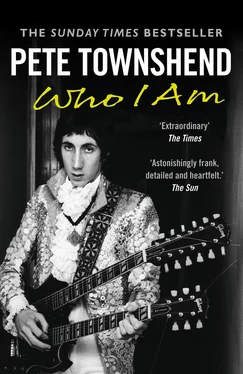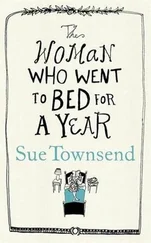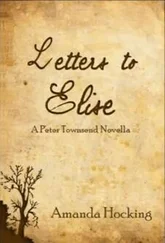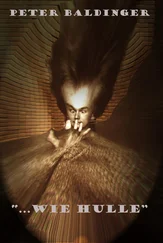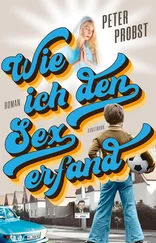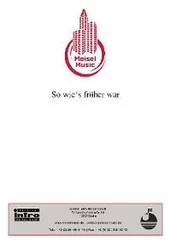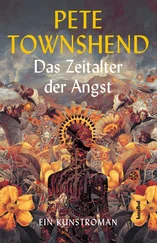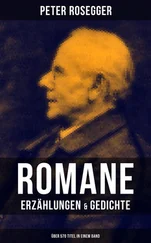1 ...8 9 10 12 13 14 ...29 Maurice Plaquet, a musician friend of Dad’s, set himself up as agent for our band and got us a date at Acton Town Hall on 1 September 1962, supporting the Ron Cavendish Orchestra. We were billed in the newspaper as The Detours Jazz Group. The accompanying photograph shows us standing close together in suits, ties and professional grins. It was the best photo of me I’d seen thus far and I quickly came to understand the importance of such images: Roger’s pretty younger sister Carol saw it and began to nag him to get us together.
On display in Ealing Art College’s corridors were interactive wooden collages created by our course leader, Roy Ascott, various parts of which the viewer could rearrange. We were to spend a year being disabused of our preconceptions about art, art schools, art teaching and all forms of design. I realised the holes in my education were spectacular.
The school included both the new guard and the old. The latter were tweedy draughtsmen, calligraphers, bookbinders and the like – who tended to be fastidious. The former were denim-clad, in their twenties and thirties, and bohemian. During our first lesson in draughtsmanship the man in charge was old guard. He instructed us how to sharpen our pencils, which hardness to select for which task, how to clip our paper to our boards, how to sit, hold our pencils and measure a set of distant relative scales.
‘Draw a line.’
We each drew a line and were subjected to the harshest possible criticism from the lecturer, who pointed out that the first line should be north-to-south, six inches long, of uniform thickness and drawn with a 3B pencil without a rule; any variation represented self-indulgence unworthy of Ealing Art College students.
The second lesson was conducted by a member of the new guard. It was quite simple, a test to assess the degree of our preconceptions.
‘Draw a line.’
No problem. As if choreographed we each drew a line, north-to-south, six inches long, of uniform thickness, etc. Our lecturer, young Anthony Benjamin, left the room and returned with sculptor Brian Wall. They started to rant around the room, shouting at us. At one point Benjamin produced a small penknife and pricked his finger, dragging blood across a white sheet of paper. ‘ That’s a line. Do you understand?’ Of course we understood. We were the innocent victims of a struggle between the old and the new.
Another guest lecturer was Larry Rivers, the first gay American junkie sax-playing painter I’d ever met. I felt through him I’d come as close as I ever would to the late Jackson Pollock, some of whose stunning, profoundly chaotic work had actually been exhibited in the corridors of the fine art school for a few weeks. Later I discovered that Peter Blake – my favourite painter – had a studio in Bedford Park, close to my college, which deepened my sense of identification with him.
I experimented with colour and semiotics, and a group of us built a large structure in our classroom, in which we intended to create an Experience Shed. My first attempt at installation sculpture, it felt like a fairground ghost train.
In autumn 1962 none of the people in or around The Detours had much idea what I was up to at art school, and I found it difficult to say much about the band to my art-school friends. Despite starting to make good money with The Detours, I felt they were uncool. I was still living with my parents, but the time was approaching when I’d need to ‘come out’, in both areas of my life – to the band and to my art-school friends. I needed to get myself into perspective.
In the middle of the first term of my second year, the Cuban Missile Crisis erupted. On the critical day in October 1962 I walked to college absolutely certain that life was over; why was I even bothering to attend class? When the end didn’t come, I was glad not to have been one of those who had panicked, wept or chattered compulsively until the good news was announced.
Somehow the message I took from this near-apocalyptic event was that I should give the patiently persistent Carol Daltrey a chance. I took Carol for the occasional walk, tried to talk to her about what I was doing at art school, kissed her whenever and for as long as I could in the hallway of the Daltrey homestead, and – through chats with Roger’s older sister Gillian and her sharp boyfriend – heard about a new youth group emerging in West London, the working-class Mods. In the early Sixties in England the teenage Teddy Boy subculture was giving way to two new groups – Mods and Rockers. Mods were into fashion, R&B, motor scooters and showing off the latest dance moves, where Rockers tended towards machismo, exemplified by Marlon Brando’s motorcycle gang leader in The Wild One .
Gillian’s boyfriend had a black PVC coat and rode a Vespa scooter like a young Italian from Rome. Carol Daltrey said I had a real ‘Modernist’ look, and encouraged me to buy a PVC coat. Sitting with her and kissing her for hours was especially romantic as snow outside ushered in the Christmas holidays. This Mod conspiracy was happening virtually under Roger’s nose, he being more of a Rocker. As I walked home that night, fresh snow falling, I was as happy as I’d ever been, although I knew Carol wasn’t right for me. It wasn’t that she was too young (I was, at seventeen, just two years older), but I was aware that she wouldn’t fit into the art-school part of my life. I wasn’t even sure of my own ability to straddle the two distinctly different worlds of visual arts and music.
Meanwhile The Detours were busy. After Christmas, Leslie Douglas, in whose band Mum had sung in the late Forties, arranged for us to play a lucrative Sunday afternoon slot at the American Officers’ Club in Queensway in London. A number of good local bands played the circuit we were moving into: Cliff Bennett and the Rebel Rousers, The Beachcombers and The Bel Airs. I began to play lead guitar when Roger took the microphone to sing his favourite Johnny Cash medley – always a hit with homesick Yanks.
Roger bought a van that I decorated with my Detours logo, using an arrow on the ‘o’. In one photo the four of us are standing by the van looking like dustmen in our black leather collarless jackets. In January 1963 we played five or six shows, but in February the number jumped to eleven or twelve, including our first date at the Oldfield Hotel in Greenford, which became a mainstay for us. By March we were playing seventeen or eighteen shows per month, and we kept up that busy schedule for quite some time.
In a good week I was taking home nearly £30, which in 1963 was an absurd sum of money. By comparison my art-school grant for the whole year was £140, to be divided over three terms. With money in my pocket I was able to take a trip up to Selmer’s music shop in London’s Charing Cross Road and buy a Fender Pro Amp with a 15-inch speaker. It was loud, trebly and sexy. The salesman who talked me into it was John McLaughlin, who would become a jazz-fusion guitar legend.
Early in spring 1963 I got to know Richard Barnes, whom everyone called Barney. He became a lifelong friend, ally and The Who’s principal authorised biographer. We hit it off quickly and I loved his dry, barbed humour. My awkwardness and self-absorption made me slow to learn from those around me, but Barney was forgiving of this – and every other – defect. I also knew that Barney was aware of my very real musical talent, perhaps even more than I was.
I suffered my first desperate hangover after our drummer Doug introduced me to serial beer drinking at one of our regular gig nights at the White Hart pub. After this I began to show off a little at college, carrying a quarter bottle of whisky around in the back pocket of my Levi’s. Still, I knew that in almost every respect I was lagging behind my peers. The other boys in the band had steady girlfriends, even wives. I had occasional snogs in the back of the band’s van, but my attempts at more serious sexual experiments met with frustration.
Читать дальше
